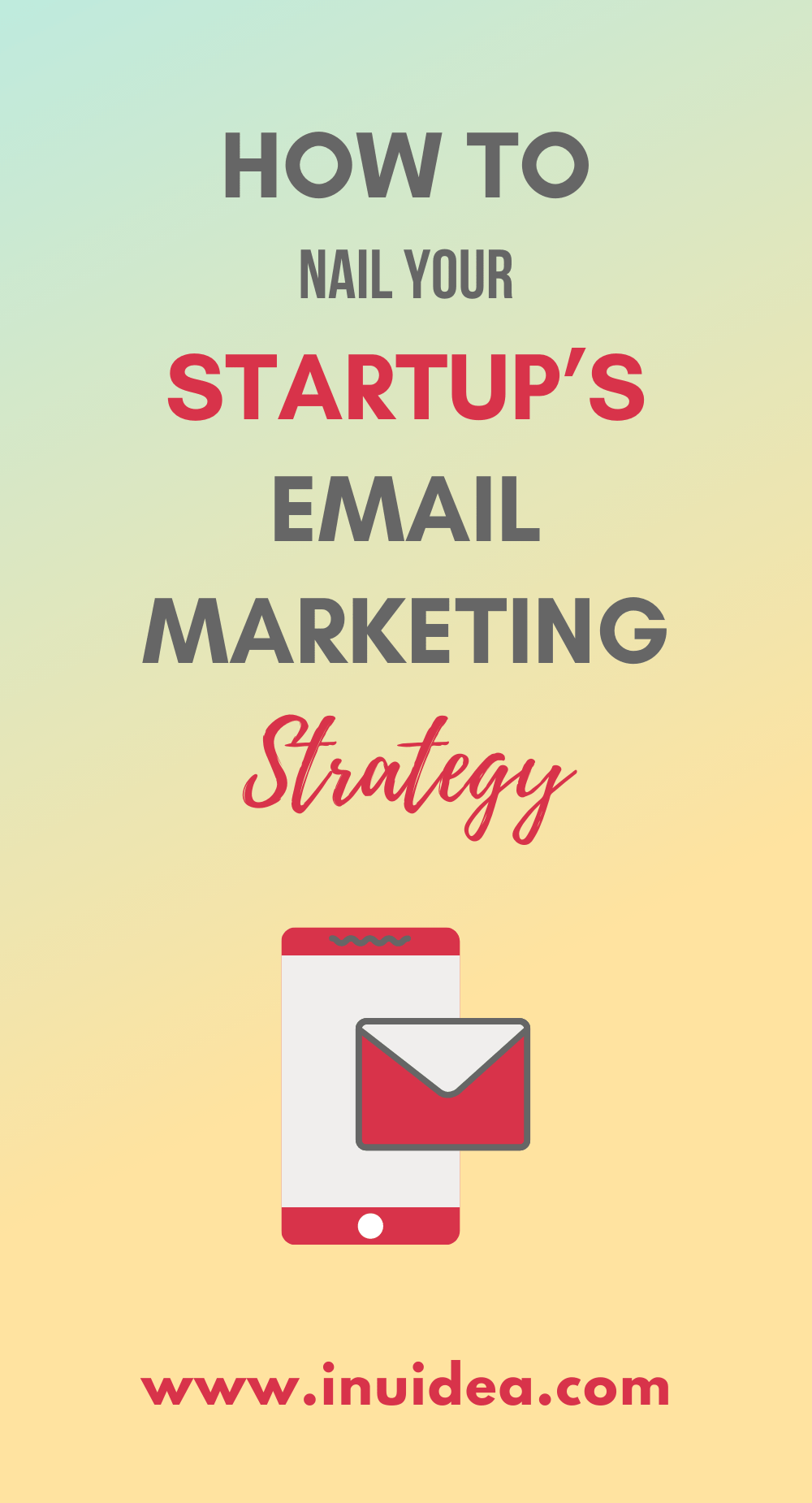Email marketing is a perfect solution for startups and small businesses looking to reach and nurture customers — but a thriving email program doesn’t happen overnight.
It takes time to build a solid subscriber list and develop the perfect messaging strategy. You’ll have to spend time learning about your customers, testing content, and continuously improving, but it’s well worth the work.
Email marketing is an extremely cost-efficient and effective marketing tactic that can yield a high return on investment. As your email marketing efforts continue to evolve over time, you’ll find that email will be a central part of your marketing strategy.
In this article, we’ll take a look at 3 steps you need to take to nail your email marketing strategy.
Here’s a quick overview of the 3 steps we’ll cover:
- Build a solid subscriber list
- Keep your email communication consistent
- Write killer subject lines
The 3 Email Marketing Steps You Need to Know

Growing an email list takes time and dedication, especially when you’re starting with a limited number of subscribers. But the more you care for and nurture your list, the more it will grow and provide you with the result you’re looking for. Image courtesy of Pixabay.
1. Build a Solid Subscriber List
First and foremost, you need to start building your subscriber list. If you’re just getting started, chances are good your email list is relatively small — but don’t let that discourage you. Every company has to start somewhere, even huge companies like Amazon and Target.
Building your subscriber list is a little like growing your garden. Choosing to ignore your subscriber list will only result in low engagement and a decreasing subscriber count. You must take the time to care for and nurture your site visitors. If you choose to ignore your subscriber life
Luckily, there are plenty of different ways you can work to grow your subscriber list. Check out these proven and simple ways:
- Add a pop-up to your website to capture emails from site visitors.
- Promote your email marketing efforts on your social media channel.
- Share gated content on your website, blog, and social media channels.
- Provide discounts and incentives to customers for subscribing to your emails.
Once you start to build a substantial subscriber list, you can send mass emails and reach larger audiences easier. Over time, you’ll find that email will become one of your most effective ways to reach customers, and the list building process will be a natural part of your email marketing efforts.

Consistency is critical when it comes to emailing your customers. You don’t want to send too many emails and annoy them — or send too few and be forgotten. Image courtesy of Pexels.
2. Be Consistent With Your Email Communication
The next thing to keep in mind is consistency with your email communication. It can be a tricky balance to find the right sending consistency when it comes to email marketing, but it’s essential to ensure the best customer experience.
You don’t want to send your subscribers too many emails and overload their inboxes. While on the other hand, you don’t want to send too few emails and have your subscribers too few emails, and they forget what they loved about your company.
Of course, there’s no exact science to how often you should be sending emails to your subscriber list, but there are a few best practices.
Consider the following things when determining how often you’ll communicate with your customers:
- Set subscriber expectations right away by telling them how often you plan to communicate with them
- Start slowly by only sending a few emails the first month or two to help subscribers start to recognize your name.
- Once you’ve started to hit their inboxes and they are more familiar with your company, you can begin to send emails once a week and continue to increase from there as needed.
Whatever route you choose to go, just keep things consistent, so your subscribers know what to expect from your email communications.

The better your subject lines are, the more likely you are to get subscribers to open, read, and convert. While it does take some practice, anyone can master the art of subject line writing. Image courtesy of Pexels.
3. Write Subject Lines That Convert
Your subject line is the first thing your customer sees when they receive your email. That means it needs to stand out and encourages subscribers to want to click to learn more.
While this might seem like an easy task, when you consider that 69% of people will report an email as spam based on its subject line alone — it’s important to get it right.
To help you get it right, here are a few tips to writing subject lines that convert:
- Get the point across right away and don’t beat around the bush
- Use humor or catchy copy when appropriate — but never use clickbait.
- Add personalization to make the content more relevant to the customer.
- Avoid spam words to keep your messages out of the junk folder.
- Provide an offer or add a sense of urgency to the message.
This list could go on and on, but truly understanding what subject line content works and doesn’t work with your customers requires testing. Most email platforms allow you to A/B test variations of your messages — including the subject line. This is a great way to learn what resonates with your customers and how you can improve based on their feedback.
Get Your Startup Noticed With Email Marketing
Are you ready to get started with email marketing for your startup? Or maybe you’re just looking for ways to improve what you’re already doing.
Either way, these tips will help you improve your email marketing efforts and turn new subscribers into loyal customers. Over time, the email development process will become easier and the message you send will become more personalization and relevant to your customer needs.
So what are you waiting for? Now’s the perfect time to start using email to improve your customer relationships.
If you have any questions, feel free to contact me. I’m always available to help young hustlers like you.
Keep hustling!


Leave A Comment